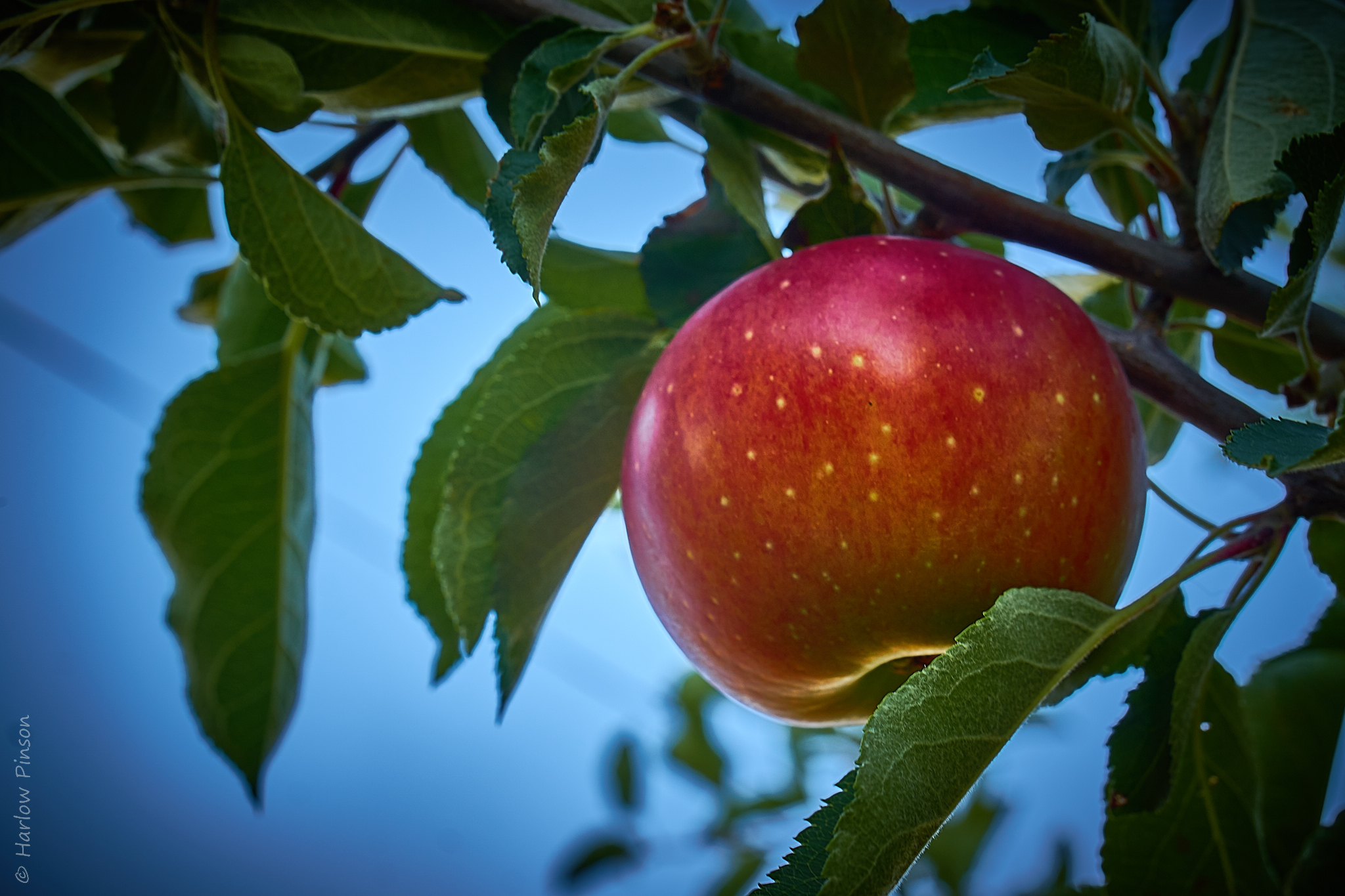The subject is the center of interest in a photo. Good choice of subject makes a photo compelling both to yourself and to another person. A good subject communicates an idea between the photographer and their audience. A subject is the story you tell with your photo.
Many casual photographers never ask themselves this simple question before taking a picture: “What is the subject of my photo?”
I'm suggesting that you formalize your relationship with your subject. Each time you casually shoot a picture, try and get in the habit of quickly asking yourself “what is the subject” before snapping the photo. Just a quick question in your mind. If you can clearly answer this, you may have the foundation of a good picture. If you can't identify the subject, chances are that the picture will not be so interesting. Having a worthy subject of your picture makes a world of difference.
Identifying your subject should become a habit. As you move through your day, notice what catches your eye. At first maybe nothing will. But keep noticing where your eye falls, and intentionally identify and try and remember what you see. Vocalize to yourself what you see. Write it down in a notebook if that helps. For example, you go walking and see a tree. The tree has an interesting pattern. The leaves have an unusual color that contrasts with the background. The bark has a certain texture. The light falls on the leaves in a way that makes them transparent. The lines that the tree makes in conjunction with other lines draw the eye in. It looks like an interesting subject. Verbalize what you see to yourself.
A good subject is juxtaposition of identity, focus, scale, time and place.
Identity is uniqueness. A good subject presents something to an audience in a way it has not seen before. A clear and unique identity. A mare and a colt playing. Branches of a tree seen from an unusual angle. Photos without identity show nothing unique. A passing landscape with nothing of particular interest. Cows in a field. More interesting is a cow and her newborn calf, close to each other.
Focus is your photo's center of attention, or what draws your eye in. Focus should not be too complicated, best just one or two items or at the most not more than a few things. The eye grasps simplicity more easily than complexity. Focus could be an interaction. A bee on a blossom. A strikingly red Penstemon flower on leaves covered with fresh raindrops. A pony playing with a ball. Sunset on a waterfall. Look for relationships and make those the focus of your image.
Scale is the scope of your subject. Sweeping or focused. A grand landscape with snow covered mountains and a minutia of intricate detail, versus a cat at the fish pond hunting, versus a single raindrop on a Fall leaf. Big subject, medium sized subject, small subject.
Time can be portrayed in a subject. Seasonal time – winter, spring, summer, fall, each have a characteristic look. Time of day, morning, mid-day, evening, and night-time all have differences that affect a subject. Some subjects can be timeless. Some can pass in a moment.
Often good subjects invoke a strong sense of place: woodlands, desert, ocean, mountains, a region, a country. Places that seem foreign to a viewer can be especially interesting. Even the local can seem foreign if portrayed in a different way. Try and strongly link your subject to a place.
There are more attributes that good visual subjects have. Try and think of some.
Some other ideas:
There's no reason that people can't be in your nature photos, and often their presence makes the photo much more interesting. Photos of a hike come alive with people reacting to what's going on around them. Photos without people can become oppressive and monotonous. Mix it up.
Animals make great subjects. They are hard to capture without expensive specialized equipment like zoom lens. Visiting a zoo with a “point and shoot” camera lets you get really close and take many more images before the animal moves away.
Scout out your subjects. Return under differing conditions: different times of day, different seasons, different years. Notice what changes and what does not. If there is a right time to be at a place, figure out what that time is.
If you choose a subject that has been photographed many times before, try and give it a unique voice. Perhaps change your camera position. Wait until a different time of day. Get low to the ground. Tilt the camera. Whatever you can think of to give it a unique identity.
In all, tell a story in your photograph that engages both you and your audience. Ask yourself what is the subject? Does your subject have identity, focus, scale, time, and place? If you can bring all this together, you should have a good nature photo.
